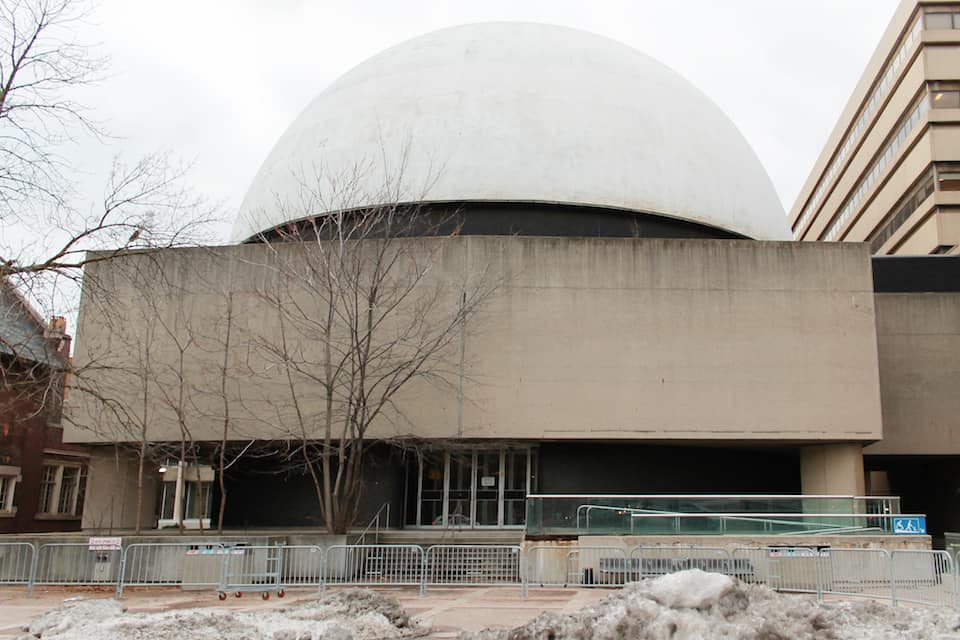The University of Toronto recently announced plans to construct a new Centre of Civilizations and Cultures. The building will be built at 90 Queen’s Park Crescent, replacing the location’s current resident, the decommissioned McLaughlin Planetarium.
Scott Mabury, U of T vice-president, university operations, emphasized the value of the project to both the university and the global community. “This is a great combination of academic faculties [and] academic superstars… Bringing them together will advance the conversation,” he said.
The centre will house the departments of History and Near and Middle Eastern Civilizations, along with the Institute of Islamic Studies and the research arm of the Anne Tanenbaum Centre for Jewish Studies. It will also boast an open plaza on the ground floors, an auditorium for the Faculty of Music, and more open access to the Philosopher’s Walk pathway.
Toronto’s Architects Alliance will collaborate on the design with Diller Scofidio + Renfro, a high-profile architectural studio. The Architects Alliance has worked with U of T before, assisting with both the Woodsworth Residence and the Terrence Donnelly Centre for Cellular and Biomolecular Research.
When asked why the university was building a new centre as opposed to addressing existing buildings in need of maintenance, Mabury stressed that updates would remain a priority, saying, “We’re doing both.” He pointed to many current efforts to rehabilitate structures, including about 70 different projects across the St. George campus. Mabury also cited more major undertakings to rebuild and repurpose buildings, such as at the Faculty of Law.
“We needed additional space, and the question was how best to capture the academic needs,” Mabury said. “How do we create something truly marvelous and exceptional?”
A report presented to the Business Board of the U of T Governing Council in the spring of 2014 estimated the total cost of deferred maintenance on the St. George Campus at $443 million, well above that of the satellite campuses. The report also argued that the university’s policies have had some success in tackling high priority issues.
It is not just U of T academics who stand to gain from the new Centre. The surrounding community has been anticipating its creation since the university bought the space at 90 Queen’s Park in 2009. The Royal Ontario Museum, the location’s previous owner and current next-door-neighbour, expressed enthusiasm at the announcement.
“This development will enhance the area’s overall cultural experience by increasing the number of visitors, programs, and events offered in the Bloor Street Cultural Corridor. The ROM looks forward to collaborating with U of T to present joint programming, exhibitions, lectures and more at both the Museum and the new Centre,” said Marnie Peters, ROM spokesperson.
Some may be sad to see the McLaughlin Planetarium removed entirely, even though it has been closed since 1995. It has been a part of Toronto’s history since its opening in 1968, and has its own place in the culture of the area. However, its prominent location meant that the space was unlikely to go unused.
The proposal for the centre was first released in September 2014. The complex was originally intended to include the Jewish Museum of Canada, which has since been removed from the plans due to changing funding priorities at United Jewish Appeal.
There is no definite timeline for the construction, as the project is still in the design phase.


